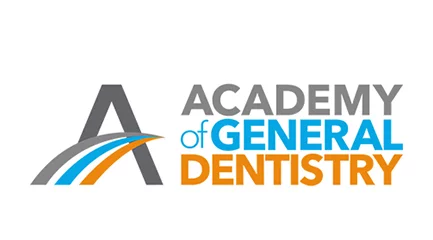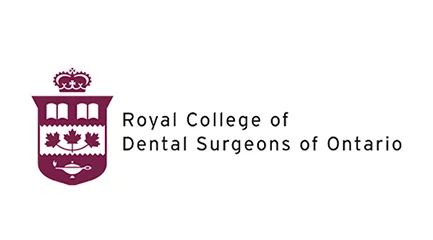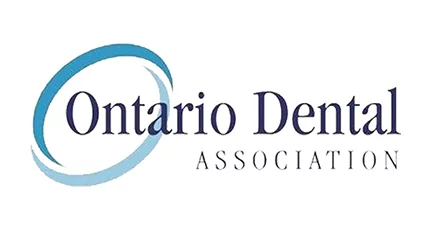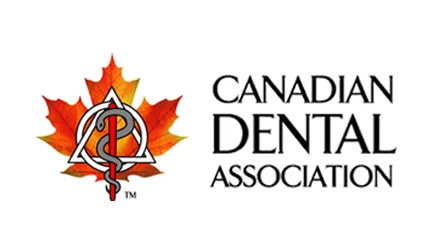PREVENTION OF TOOTH DECAY
PREVENTION OF TOOTH DECAY IN CHILDREN
In November 2008, the Ontario Dental Association (ODA) officially declared tooth decay an infectious disease. The report showed that all children are at risk for tooth decay and urged parents, the government, and the community to work together on prevention.
Children are particularly vulnerable and suffer from this disease at an alarming rate. Tooth decay can be transmitted by licking a pacifier, sharing a spoon or kissing. The ODA really believes that an ounce of prevention is a pound of cure.
Dental caries is a serious disease but is preventable in almost all cases. The following tips were compiled by the ODA for parents.
Book an appointment! and Call (416) 691- 8555
WHAT CAUSES TOOTH DECAY IN CHILDREN?
Various factors become a reason for tooth decay in children, which adversely affects their oral health, including the presence of bacteria in the mouth, the consumption of sugary and starchy food items, frequent snacking, and poor oral hygiene.
In the initial stages, tooth decay does not show any symptoms, but as the tooth decay advances, it leads to severe oral complications and becomes difficult to treat.
10 TIPS FOR PARENTS TO HELP BUILD HEALTHY ORAL HABITS FOR THEIR CHILDREN:
- Before your baby has teeth, wipe the gums gently with a clean wet cloth after each feeding.
- If your baby sleeps with a bottle or sippy cup at naptime or bedtime, fill it with water only.
- If your baby normally falls asleep while feeding, brush his or her teeth before feeding.
- Lift your baby’s lip and watch for changes in colour, lines or spots on your child’s teeth, as these may be signs of potential problems.
- As soon as the first tooth appears, start brushing your baby’s teeth with fluoride toothpaste in the morning and before bedtime. Fluoride is a mineral that protects teeth.
- Put a small dab of toothpaste across a small soft brush. Wipe off excess toothpaste until the child can spit it out. Begin flossing at least once a day when your child’s teeth are touching.
- Change your child’s toothbrush every one to three months or immediately after an illness.
- Let your child watch you brushing your teeth and assist your child’s tooth brushing.
- To prevent spreading germs that cause tooth decay, do not put anything in your child’s mouth if it has been in your mouth. Don’t share spoons, cups, food, toothbrushes, etc.
- Visit your dentist by the age of one year or when the first teeth appear. Take your child to the dentist for regular checkups to make sure there are no problems.
COMMON TREATMENTS FOR TOOTH DECAY IN CHILDREN
Tooth decay can be prevented by maintaining good oral hygiene, switching to a healthy diet instead of sugary or starchy food items, and increasing water intake. However, if tooth decay exceeds the soft tissues and reaches the pulp or in the middle of the teeth, it can no longer be treated at home and requires professional dental help.
Sometimes, pediatric dentists have to extract the infected tooth if the decay extends the gumline. That’s why it should be treated in the early stages in order to preserve the original teeth.
There are various treatments available for tooth decay in children that effectively remove the cavities and restore their oral health, including:
1. FLUORIDE TREATMENT
If a cavity has not reached the gumline yet, it can be treated through professional fluoride treatment. In this process, the dentists provide gels, varnish, and foam high in fluoride concentration.
They contain much more quantities of fluoride than your toothpaste or mouthwash and are applied with the help of swab, brush, or trays. Fluoride makes the teeth’ enamel more resistant to the action of cavities and acids. It also accelerates the build-up of healthy nutrients, which prevents or slows down the occurrence of decay.
2. TOOTH FILLINGS
Dental fillings are children’s most common and widely preferred tooth decay treatment. Dentists remove or extract the cavities during treatment and fill the infected area with tooth-coloured fillings.
There are various types of fillings; however, composite and porcelain fillings are the most common, which completely blend with natural teeth and do not affect dental aesthetics.
3. DENTAL CROWNS
Dental crowns are the best option to stop the spread of decay immediately. Children’s teeth are relatively weaker, have a thinner layer of enamel, and are more susceptible to the spread of infection. Dental crowns, in addition to saving the decayed tooth, also stop the spread of infection to adjacent teeth or other parts of the mouth. Crowns also restore the teeth’ size, shape, form, and function.
4. ROOT CANAL TREATMENT
Root canal treatment becomes necessary if decay reaches the innermost layer of teeth. It involves the removal of the damaged nerve from the affected area and the replacement of empty spaces with fillings. Root canals effectively treat tooth decay and also anchor other dental treatments such as veneers, dentures, and bridges.
5. TOOTH EXTRACTION
If the decay exceeds the gumline, the decayed tooth no longer remains treatable. In such cases, tooth extraction is the only option left to help stop the spread of infection to surrounding teeth. Pediatric dentists generally perform this procedure with the help of sedatives to make this process painless for their younger patients. The extracted teeth are then replaced with artificial dental alternatives, including dentures, bridges, and implants.
SEALANTS
A cavity is a hole that forms on the surface of a tooth. Cavities are caused when sugars in the food we eat and bacteria in our mouths mix together, producing a mild acid that eats away at the outer layer of our teeth (called enamel).
To help prevent cavities, one of our dentists or hygienists can apply a hard coat of resin, called a sealant, to the biting surface of your children’s molars or back teeth. This coating fills in the pits and grooves of the teeth (where cavities often start), and acts as a barrier between the teeth and the decay causing acids that form in the mouth.











